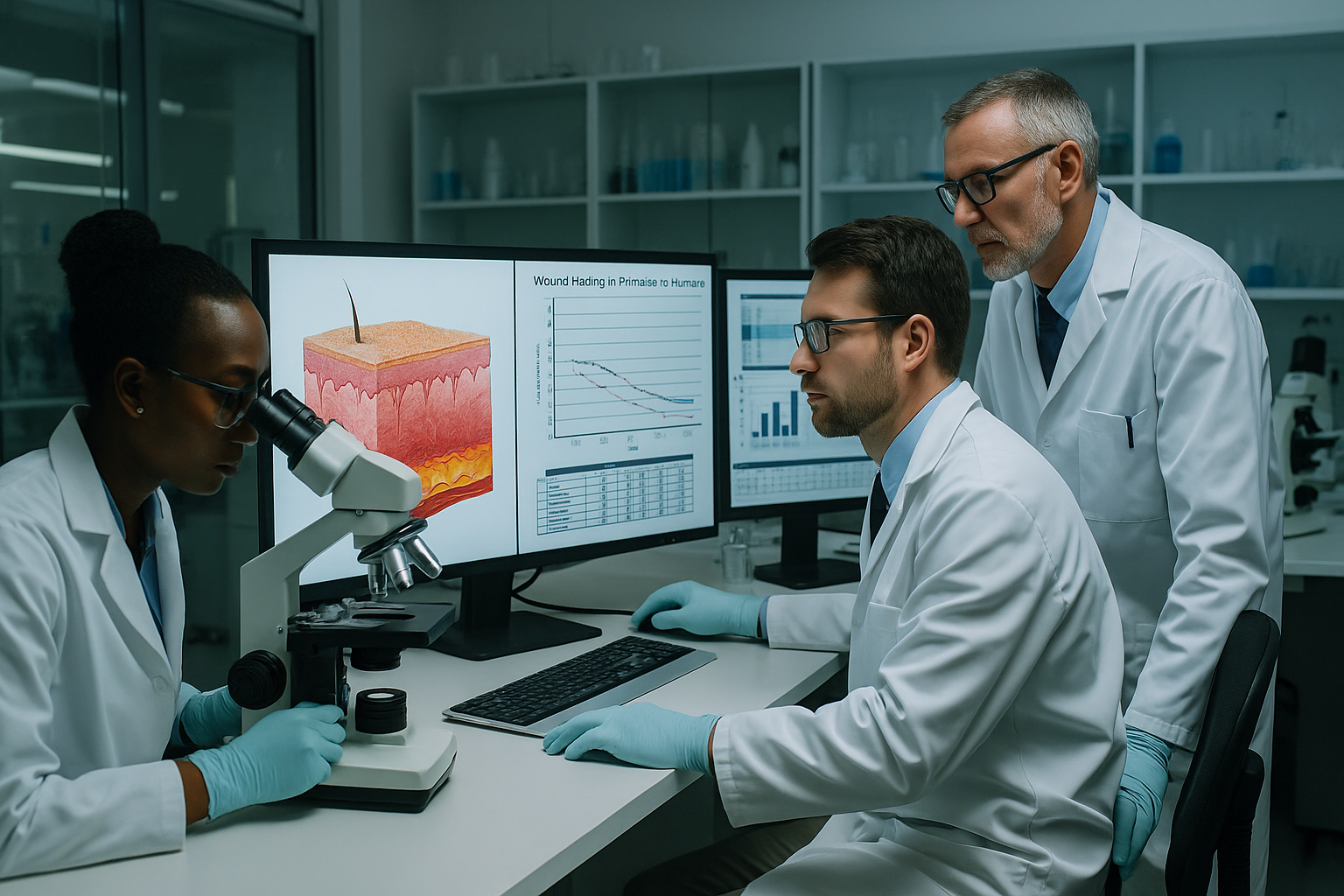Human wounds heal 3 times slower than wounds in other mammals

The study, published in the peer-reviewed scientific journal Proceedings of the Royal Society B: Biological Sciences, found that human wounds heal about three times slower than the same type of injuries seen in non-human primates, pointing to a remarkable adaptation in humans' evolutionary past.
The study compared humans’ closest living relatives, chimpanzees (Pan troglodytes) and bonobos (Pan paniscus). Interestingly, no similar differences were observed between these primates or between non-human primates and other mammals (e.g. rodents).
This suggests that an evolutionary change specific to the human species may be at play. “This finding suggests that slow wound healing in humans is not a common feature across primate orders and highlights the possibility of evolutionary adaptations in humans,” the research article said.

Scientists attribute this evolutionary difference to changes in sweat gland density and skin structure in humans. Over time, increased sweat glands may have led to a decrease in body hair and made the skin more vulnerable to external effects.
In contrast, it is thought that a thicker layer of skin evolved to create a protective effect on the skin. This may have slowed down the healing process. In other words, the evolution of the defense system may have pushed wound repair to the background.
According to the research team, humans compensated for this weakness with social behavior and relationships with nature. The use of medicinal plants and living in communities may have strengthened defense mechanisms against injury.
SÖZCÜ





